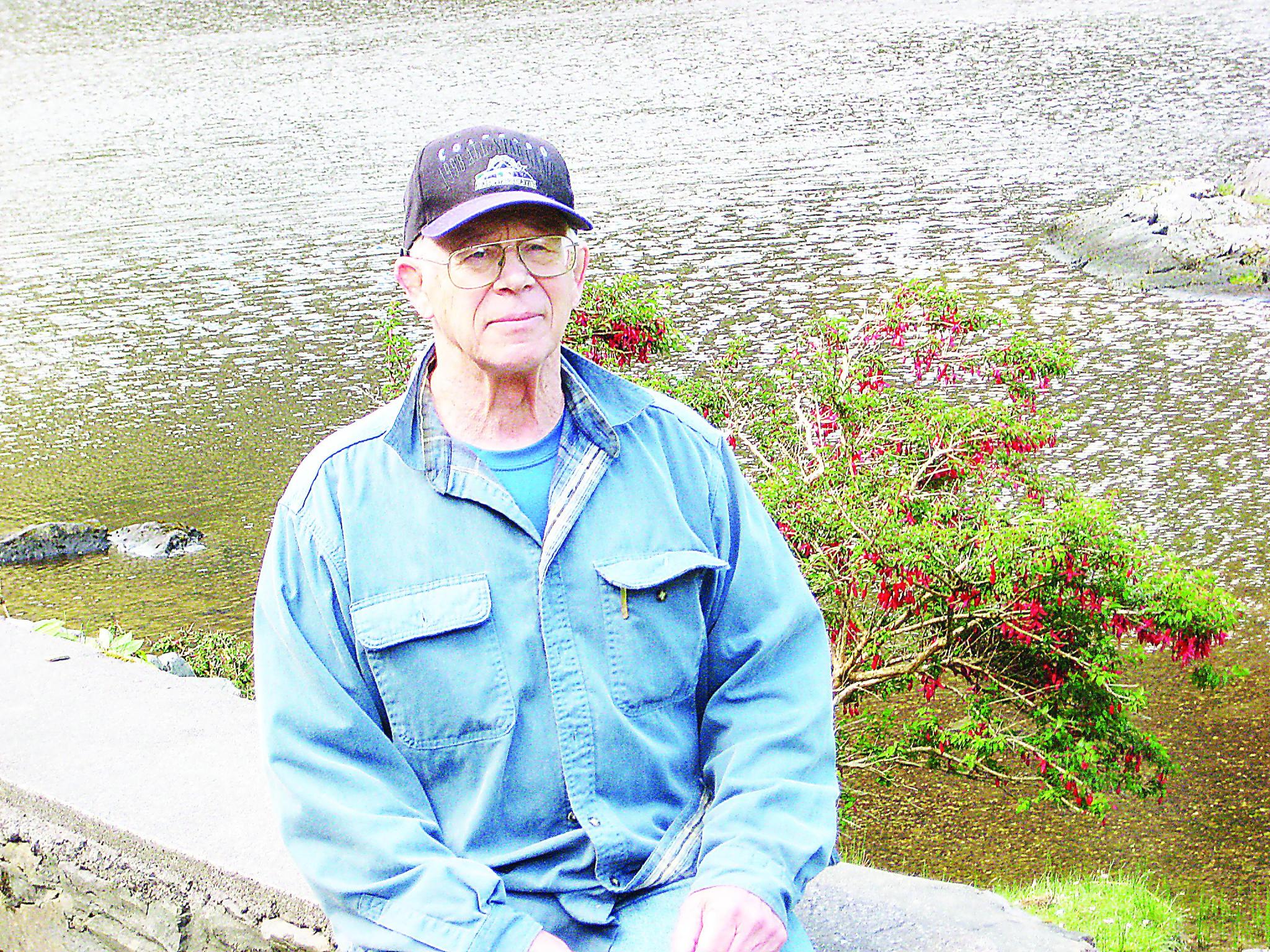
Moe Johnson | Running with Moe
‘Keep moving’ is key to sticking with fitness programs
Most individuals that are planning a fitness program usually have a goal in mind as a reason for getting off the couch and start working out. Setting goals can be a problem when the goal is too large and the person gets discouraged when progress seems slow. Sometimes it is easier to break that goal into smaller segments and rewards with small gains become motivation instead of a discouragement. One factor in setting a goal is where your starting point is. If you are poor condition, or many pounds overweight, a fitness program is difficult to continue. The exercises are hard and instead of making a person feel good it seems every muscle and joint hurts and time working out is very limited before the person has to stop.
I have made fitness goals for myself and others and there is no one plan that works for everybody. Much of it depends on the goal that has been set and the motivation the person has to complete that goal. One point I usually put in a fitness program is to allow some flexibility in the program to be able to make changes in a day to day workout. It seems that making a program with very specific details on each day becomes hard to follow that plan for any length of time.
I published programs in this column some years ago for runners that wanted to run a marathon, or especially for taking part in Moe’s Better Half Marathon. I had a three month program to get ready for a marathon. The starting point was usually being able to run a 10K distance. I only had two items in the program to follow. One was the total miles for each week and the other was the longest run for the week. How you reached each of the goals depended on your weekly schedule of work, meetings, motivation, and general well-being each day. From reading other programs most said that the long run was more important than the total miles for the week. The program gradually added a few miles to each of the items and how you attained them depended on your weekly schedule. For a marathon distance I stopped the longest run at between 20–22 miles. I hoped the base of 15 to 18 mile long runs leading up to the 20 mile run would be enough to get the person through the last four miles of a marathon. From feedback of runners that followed the program it seemed to work
The half marathon program was designed for the runner that was only doing three miles for a long run. The program was still between 11-12 weeks long. The same items of total miles and longest run were the only guidelines listed. The initial long distance was four miles and increases in distance at the start were minimal. Once a runner is up to the six mile long run it is easier to move up a little faster. The longest run topped out at 12 miles. The runs during the 12 weeks leading up to the race served as a base to run that last mile during the race. Some runners wanted to run the 13–14 mile long run as a motivation that they could do the distance. It didn’t hurt to run that distance as a reassurance that you could make the half marathon distance.
The one factor that I included in these programs was that the runner needed to include some rest days in each week. This was especially true the week prior to the race. The last three days before the race were either zero miles or maybe a short and easy jog. It was important to get plenty of rest the last two days to rest tired muscles so on the day of the race everything would lead to a successful race.
Allan Besselink, in his book “RunSmart”, had a two week interval of exercise that included runs for speed, runs for endurance, strength training, and rest days. Each 14 day cycle would increase demands gradually and resulted in having the goal the person had set reached.
There are those runners that just want to maintain the fitness they have and are satisfied with getting in a regular workout with no goal other than to keep their present fitness level. This is a good program for some individuals and the important point is that they are maintaining a level of fitness that meets their daily schedule of work and social obligations. One important point in this program is that the daily exercise period is a higher priority than some other items in their daily schedule. Whether a person needs a fitness program to follow or is satisfied with their present status the key is to keep moving.











